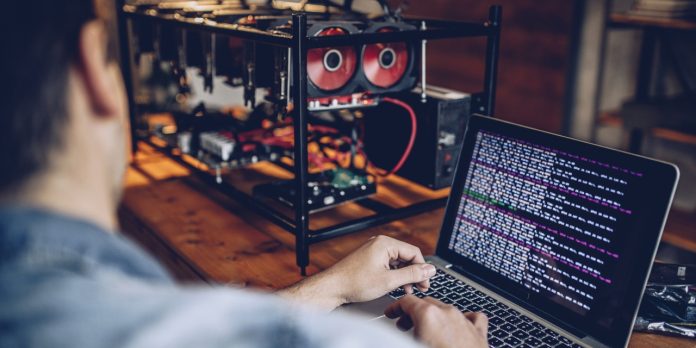The world of cryptocurrency is experiencing tremendous growth right now, but also a lot of uncertainty.
That lack of regulation is something that many analysts and experts are pointing to as a potential source of contention with government officials and central banking authorities.
Bitcoin mining is just one area where governments might be soon seeking more control and oversight. For example, according to arepa.com, Old Mutual, an insurance carrier in Cape Town, recently said they wouldn’t be insuring crypto mining equipment anymore because of the lack of regulation.
The following are things to know about the process of bitcoin mining and what it really means.
The Basics
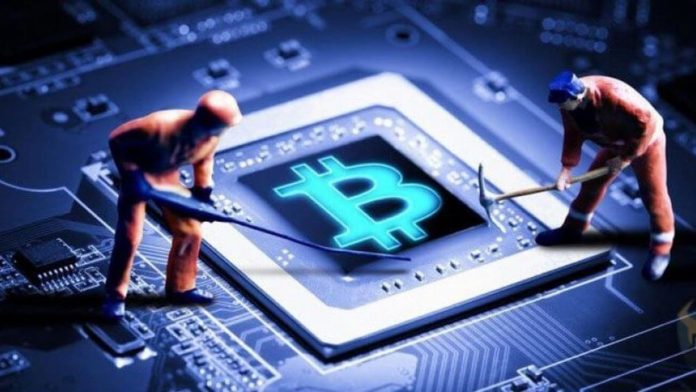
Bitcoin mining is the process that’s used to enter new bitcoins into circulation. Bitcoins are one type of cryptocurrency.
Bitcoin mining is also part of the development and maintenance of what’s known as the blockchain ledger.
The process of bitcoin mining is performed with sophisticated computer systems that solve complex math equations.
It’s an expensive and difficult process.
Mining is appealing for investors even so because the reward for the work is crypto tokens.
Bitcoin is the first digital currency that’s decentralized and allows peer-to-peer transfers without any middleman like a government, bank, or broker.
The underlying technology is the blockchain.
Anyone who’s on the network can transfer bitcoins to anyone they choose on the network, with no regard to geographic location. You need to open an account on the network, and then if you have bitcoins in that account, you can transfer them.
What is Blockchain?
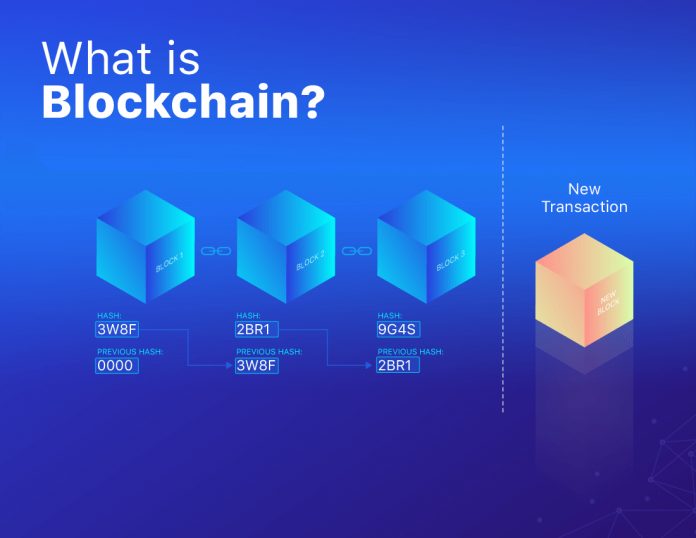
A big part of understanding the mining process relies on an understanding of blockchain because it is bitcoin’s underlying technology.
A publicly distributed ledger, blockchain is where chronologically, transactions are recorded. If a transaction is added to the blockchain, it can’t be changed, which is what protects it from hackers.
A block is the smallest unit, and it’s where the transaction details are held.
A block has four attributes.
The first is called the previous hash, which stores the value of the hash of the block before, linking the blocks to one another.
Data is the next attribute, and this is an aggregate of the block’s recorded transactions.
A nonce is a consensus algorithm that serves as proof of work. Each block generates a hash value. The nonce is the parameter used in that generation.
Has is a value that comes from passing the has value before, the data, and the nonce toward a particular algorithm. That algorithm is known as SHA-256.
How Bitcoin Mining Works
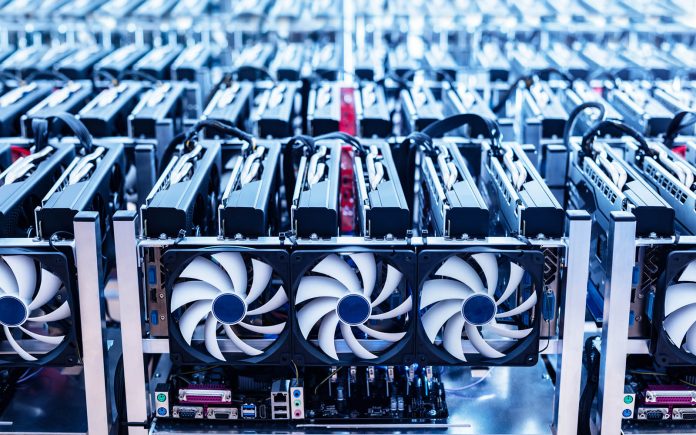
With bitcoin mining, again, you’re verifying transactions and then recording them in the ledger, which is public. In the blockchain, users verify transactions.
If you have the computing power and hardware, then you’re known as a miner. As long as you have those elements, you have the ability to be part of the mining community without the need to go through a central body.
The process of solving the math equations is called proof of work, and that’s how a transaction is verified, and a miner earns a reward.
Miners compete with each other on specific transactions. If you’re the first miner who solves it, you get a reward.
The core concept here is that a miner is an auditor, being paid for their work as such. Their work is the verification of the legitimacy of transactions.
Miners prevent what’s called double-spending. Double spending is a situation when a bitcoin owner spends the same bitcoin more than once. If you’re using physical currency, you don’t have to worry about this. You give someone money to buy something and then it’s no longer in your possession.
With digital currency, the idea is that you could theoretically make a copy of your digitized token and then keep the original while sending the copy to a merchant.
A bitcoin miner is working to make sure illegitimate transactions aren’t going through.
After a miner verifies one megabyte of transactions, which is a block, then they are eligible for a reward in the form of a number of bitcoins.
1MB of transactions might be several thousand transactions or one transaction. It depends on the amount of data required for the transaction.
Also, miners aren’t guaranteed to get a reward even when they do the work.
You have to verify your transactions, but you also have to be the first miner to get the right answer or the closest answer, which is the process that was mentioned above as proof of work.
Mining’s Role in Circulation
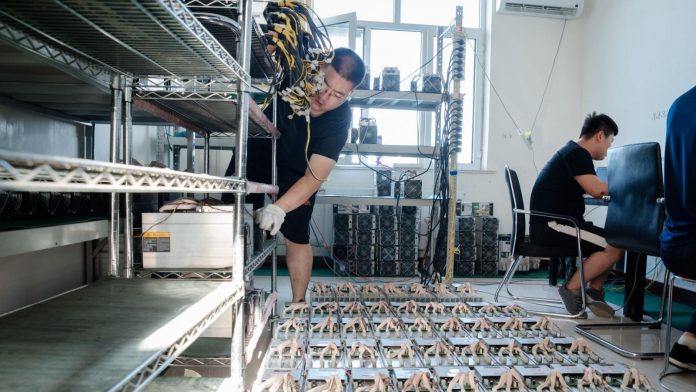
Miners are supporting the ecosystem of bitcoin, but they have another role as well. Mining is the only way for new cryptocurrency to be added into circulation.
If there weren’t miners, bitcoin could still exist, but there wouldn’t be any added. There’s something called the Bitcoin Protocol that caps the total number that can be available at 21 million.
When you’re a miner, you get voting power over proposed changes in the network protocol.
The rewards for mining go down by half every four years.
To be able to mine bitcoin early on, you could do it on your home computer.
Now, you need more computing power.
You would probably need either a graphics processing unit (GPU) or an application-specific integrated circuit (ASIC). This type of equipment might be hundreds of dollars up to tens of thousands of dollars.
Bitcoin mining’s legality depends on where you are.
In some countries, bitcoin is entirely illegal, such as Egypt, Ecuador and Nepal.
It is also a financial risk. If you go through the effort of buying mining equipment, you might end up with no return.
A good way to reduce that risk is to join a mining pool.
Finally, another problem that is getting a lot of focus as far as the downsides of bitcoin mining right now is the fact that it requires a lot of energy for the computers that run these algorithms.
As a result, there are concerns about the carbon footprint and the impact on the environment of mining.
